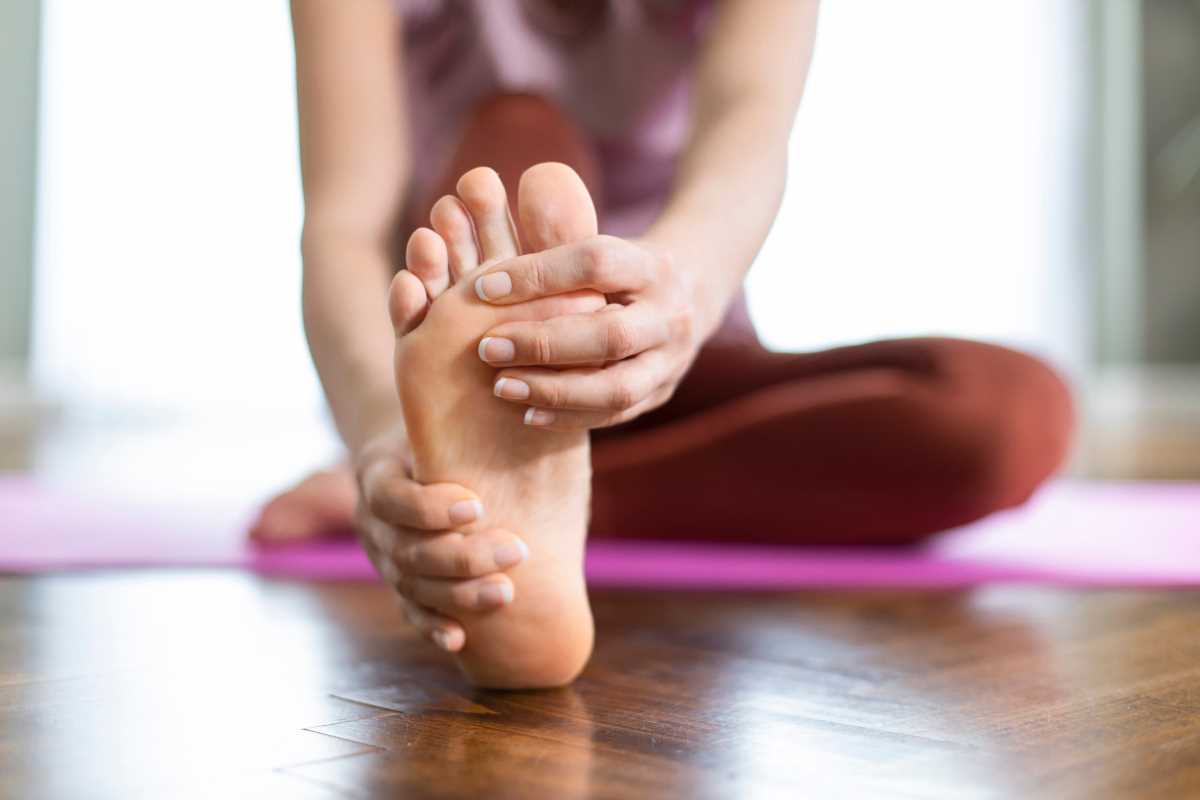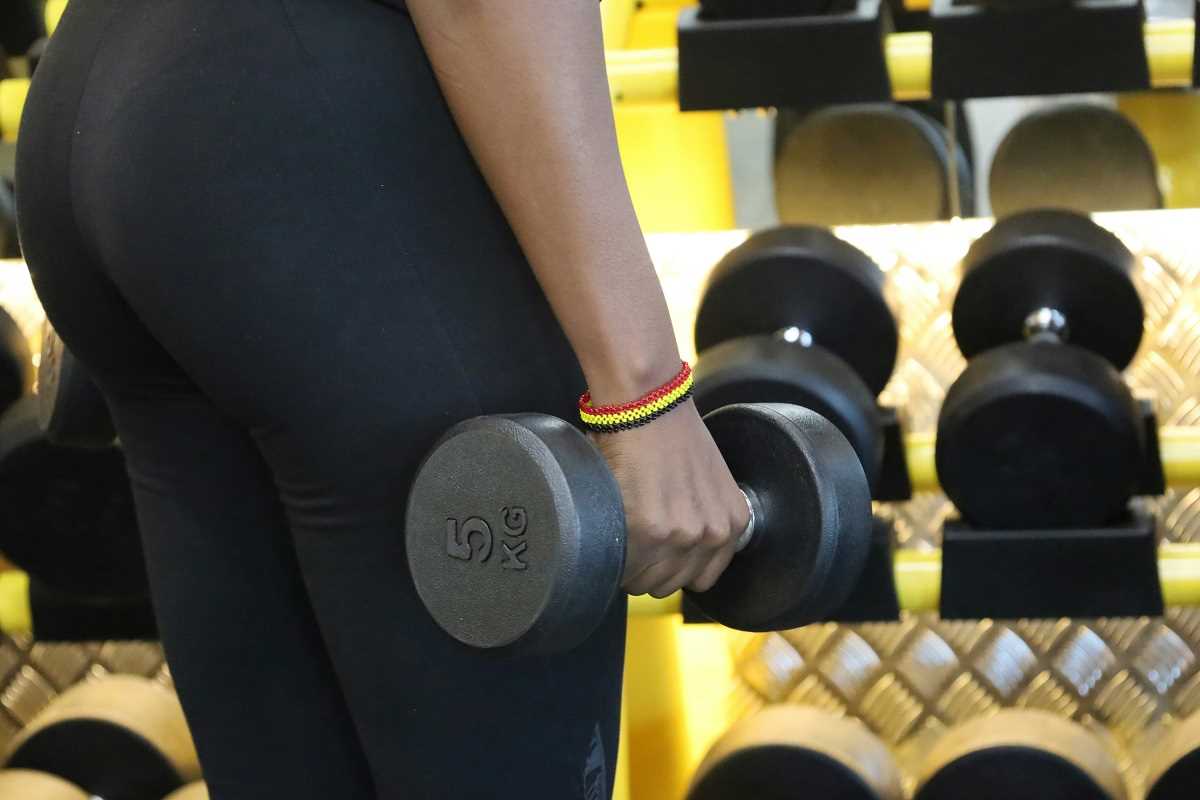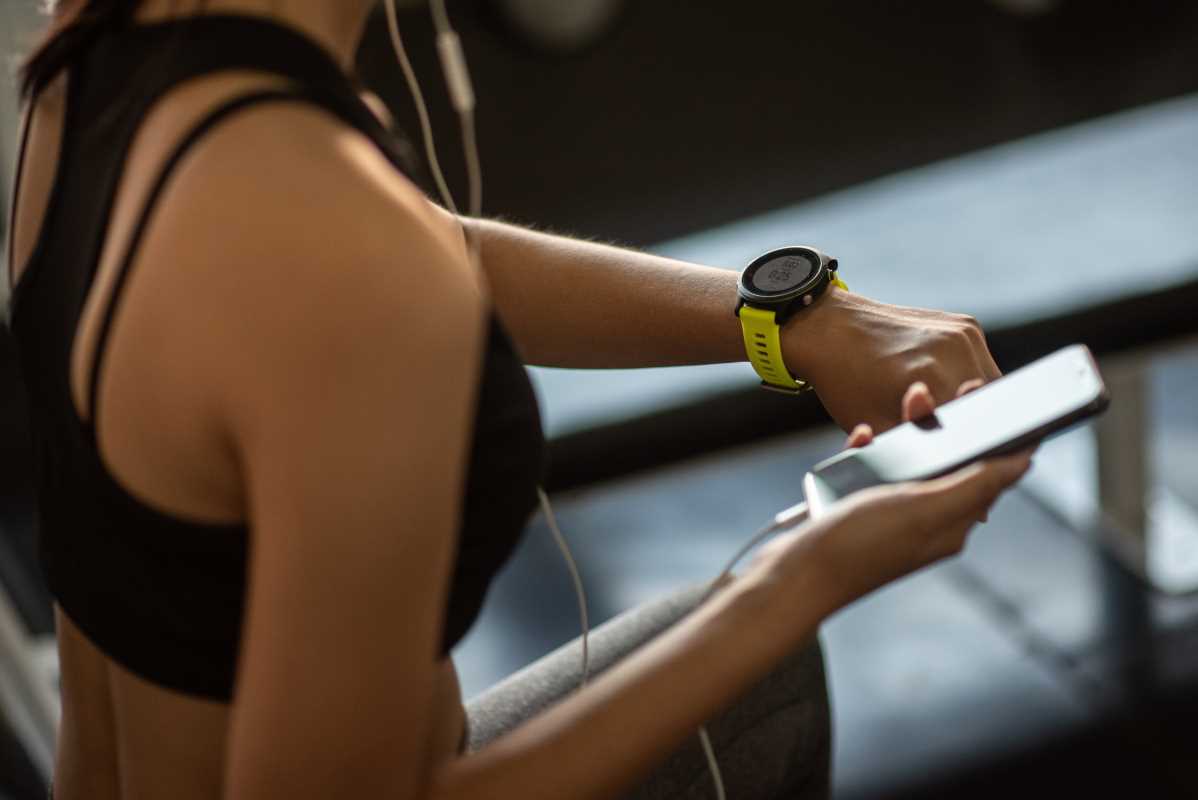Training hard in the gym places serious demands on your muscles, calling for more than just tough workouts and short recovery periods. Learn how to blend full-spectrum recovery practices with intense strength routines so you can return to each session feeling stronger, avoid persistent soreness, and continue setting new records without risking burnout. Discover the real impact of quality rest and gain practical advice you can easily add to your weekly training plan to support long-term progress and resilience.
Changing the Recovery Approach
Most people treat rest as if it’s just a gap between workouts, but in reality, it becomes the most active part of your cycle. Rethink recovery as an opportunity for targeted adaptation, and you turn fatigue into progress. Instead of idling, you set the stage for consistent breakthroughs in strength, movement quality, and injury prevention.
Imagine recovery as a workshop where you refine technique, strengthen tissues, and reset your central nervous system. Instead of overloading your training schedule, balance stress with deliberate interventions that prepare your body for higher performance. This approach turns your downtime into a strategic advantage.
Adding Recovery Methods to Your Routine
Incorporate these practical steps between heavy lifting days. You can try different methods at home, in the gym, or while on the move.
- Active Myofascial Release
- Purpose: Loosens tight tissues and breaks adhesions to speed mobility gains and reduce soreness.
- Steps:
- Locate tense muscle groups with light palpation.
- Roll gently on a dense foam roller for ~2 minutes per muscle.
- Follow with dynamic range-of-motion drills targeting those areas.
- Cost/Availability: Foam rollers cost $25–$60, available in most sporting goods stores.
- Insider Tip: Start with body weight directly over the roller, then shift weight to your hands to reduce pressure on sensitive spots.
- Contrast Water Therapy
- Purpose: Boosts circulation, reduces inflammation, and speeds nutrient delivery.
- Steps:
- Prepare one container with 90°F water, another with 55°F.
- Submerge limbs/core for 60s hot → 30s cold.
- Repeat five cycles, ending on cold if joints feel tight.
- Cost/Availability: Bathtubs or portable bins; thermometer + bins <$10.
- Insider Tip: Immerse only the worked areas (e.g., shoulders after bench press) to avoid chilling the whole body.
- Guided Positional Release
- Purpose: Relaxes muscle tension by shortening tight tissues.
- Steps:
- Identify a sore muscle (e.g., hamstring).
- Position body so the muscle is passively shortened (bend knee/hip).
- Hold 90s while breathing deeply, then return to neutral.
- Cost/Availability: No equipment; yoga mat optional.
- Insider Tip: Deep, slow breathing enhances the nervous system’s relaxation response.
- Structured Breath Work
- Purpose: Calms the nervous system, reduces cortisol, and improves sleep quality.
- Steps:
- Inhale through nose for 4 counts.
- Hold for 7 counts.
- Exhale through mouth for 8 counts.
- Continue for 5 minutes.
- Cost/Availability: Free—any quiet space works.
- Insider Tip: Use a timer app so you can focus fully on breath instead of counting.
- Pre-Sleep Tissue Preparation
- Purpose: Prepares muscles for overnight repair and reduces morning stiffness.
- Steps:
- Massage major muscle groups with hands or tool (3 min each).
- Follow with slow static stretches (2 min per area).
- Finish with heating wrap or warm towel.
- Cost/Availability: Towels <$5; massage rollers <$20.
- Insider Tip: Dim lights and play soft music to trigger relaxation signals in the brain.
Tracking Progress and Adjusting
Monitoring subtle changes in performance and soreness helps you adjust your recovery plan effectively. Use a simple daily check-in form—rate your sleep quality, muscle tightness, and overall energy on a three-point scale. Cross-reference these notes with your strength measurements to identify patterns. If persistent stiffness or dips in output appear, modify one recovery activity at a time to find what makes the biggest difference.
Schedule regular deload weeks based on actual feedback instead of following a fixed calendar. When fatigue scores rise, reduce your training volume by 20 percent and shift your focus to mobility and breathing exercises until your ratings improve. This flexible approach helps you progress steadily without risking burnout.
Balancing stress and recovery makes your strength cycle sustainable and effective. It prevents burnout and supports steady progress.
 (Image via
(Image via





